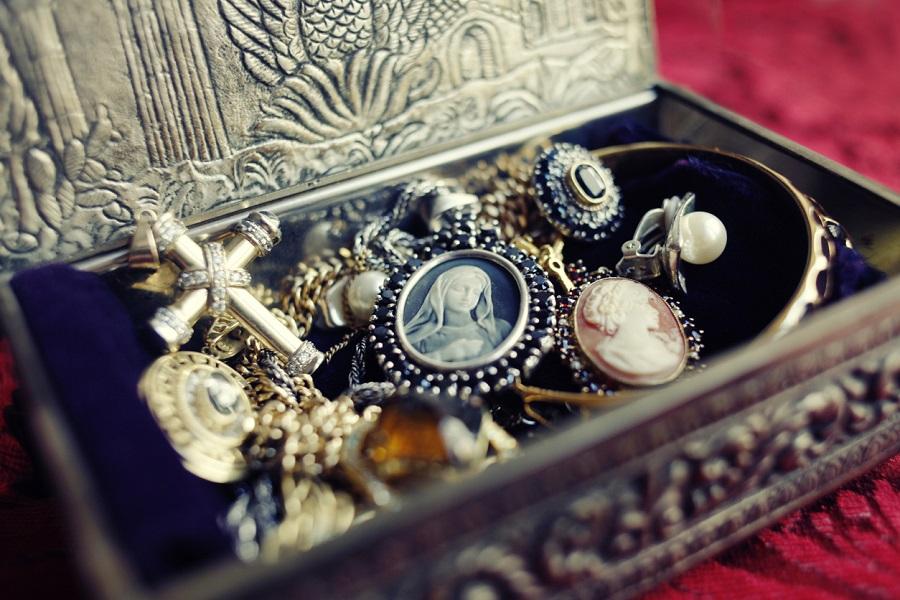In the intricate tapestry of estate planning, the inclusion of family heirlooms often emerges as a sentimental yet contentious thread. While these cherished items carry the weight of history and familial bonds, their role in estate planning warrants a critical examination. The practice of integrating heirlooms into the legal and financial frameworks of an estate can lead to a host of complications, from disputes among heirs to the undervaluation of non-material significance. This article delves into the complexities and potential pitfalls of incorporating family heirlooms into estate planning, arguing for a more strategic approach that separates emotional heritage from financial assets. By disentangling these elements, families can preserve their legacies while ensuring a smoother transition of wealth and responsibilities to future generations.
The Emotional and Financial Complexity of Family Heirlooms
Family heirlooms are often enveloped in a web of emotional and financial intricacies that can complicate estate planning. While these cherished items carry sentimental value, their worth is not always easily quantifiable. The emotional attachment to a piece of jewelry or a vintage clock may surpass its monetary value, yet disagreements may arise when multiple family members lay claim to the same item. This emotional pull can lead to conflict, as family members struggle to reconcile personal connections with perceived financial gains.
- Emotional Sentiment: Heirlooms often serve as tangible connections to the past, invoking memories and emotions that are deeply personal.
- Financial Assessment: The actual market value of heirlooms can fluctuate and may not reflect their sentimental worth.
- Potential Conflict: Differing valuations and emotional attachments can lead to disputes among family members.
By recognizing these complexities, families can address potential issues proactively, ensuring that the emotional and financial aspects of heirlooms do not overshadow their intended legacy. It is crucial to separate these items from the legal and financial frameworks of estate planning to preserve family harmony and the true spirit of the heirlooms themselves.

Legal Implications of Including Heirlooms in Estate Plans
Incorporating family heirlooms into estate plans can lead to complex legal challenges, often resulting in unexpected consequences. The sentimental value attached to these items can sometimes overshadow their legal significance, creating a breeding ground for disputes among heirs. Legal complications often arise when the heirlooms are not clearly defined or their ownership is contested, leading to prolonged legal battles that can drain both financial resources and emotional reserves.
- Ambiguity in Valuation: Unlike financial assets, heirlooms are difficult to appraise due to their intrinsic sentimental value. This ambiguity can complicate equitable distribution.
- Potential for Disputes: Heirlooms can become a focal point for familial conflict, especially if multiple parties lay claim or if their allocation seems unfair.
- Legal Fees: Protracted disputes over heirlooms can lead to substantial legal fees, diminishing the overall estate value.
- Preservation Concerns: Legal ownership does not always guarantee preservation, potentially risking the heirloom’s integrity or heritage value.
These legal intricacies emphasize the need for clear communication and documentation when considering heirlooms in estate planning. Consulting with legal experts can help navigate these challenges, ensuring that the sentimental and financial aspects of heirlooms are both honored and legally protected.

Preserving Family Heritage Outside of Estate Planning
When we think about passing on family treasures, it’s crucial to recognize that these items carry more than just monetary value; they hold memories and stories that are deeply personal. Instead of incorporating them into formal estate planning documents, consider alternative methods to ensure their legacy. Storytelling sessions with younger family members can be a heartfelt way to share the significance of each item. This not only fosters a connection between generations but also instills a sense of responsibility and appreciation in the recipients.
- Family Gatherings: Organize special family gatherings where stories behind heirlooms are shared. This can create a strong emotional bond and a shared understanding of family history.
- Personal Notes: Write personal notes or letters to accompany each heirloom, detailing its history and significance. This adds a personal touch that formal estate documents often lack.
- Heirloom Journals: Maintain a family heirloom journal that documents the lineage and stories associated with each item. This can be a living document that evolves with each generation.
By taking these steps, families can ensure that their heritage is preserved in a manner that is both meaningful and personal, transcending the rigid structures of traditional estate planning.

Recommendations for Managing Heirlooms Without Legal Entanglements
To ensure that family heirlooms are passed down without the complications of legal disputes, consider implementing these thoughtful strategies. Firstly, clearly document the provenance of each item. This not only preserves the story behind the heirloom but also minimizes misunderstandings about its origins and value. Next, create a family agreement that outlines the distribution of heirlooms. This can be an informal document, signed by all parties involved, to signify mutual understanding and acceptance.
- Host family meetings: Regular discussions can help gauge interest in specific items and foster transparent communication.
- Use a digital inventory: Catalog heirlooms with photos and descriptions. This can be shared among family members to ensure everyone is informed.
- Consider gifting heirlooms: During your lifetime, distribute items as gifts to reduce future disputes and enjoy seeing your treasures cherished.
By adopting these approaches, families can safeguard their treasured items and preserve harmony, ensuring heirlooms continue to be cherished by future generations.



